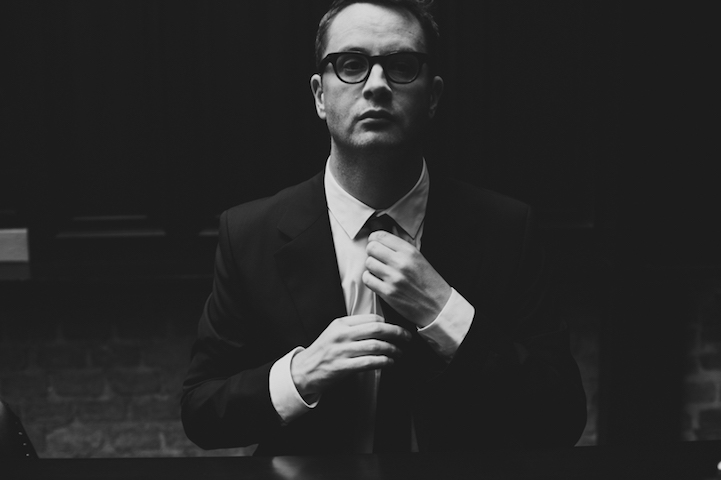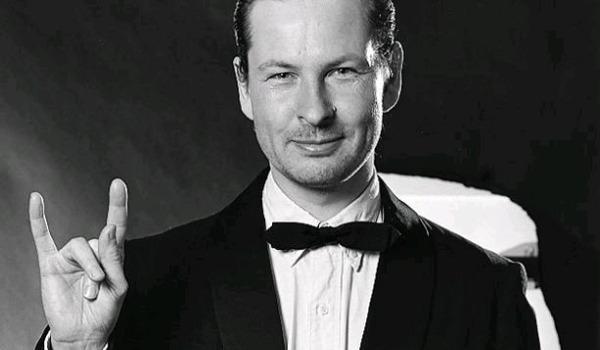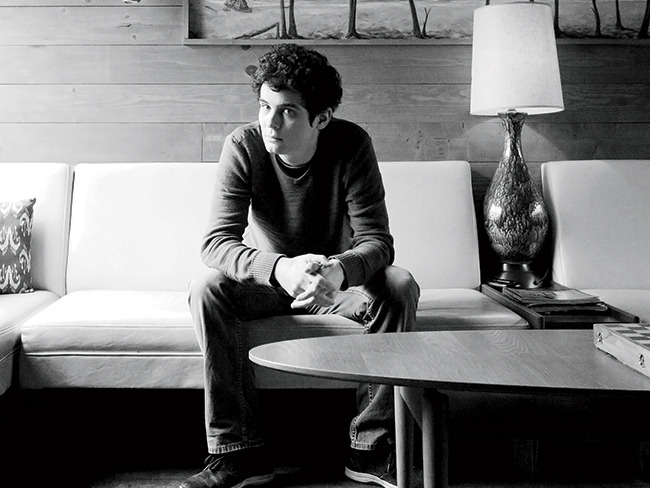For a dyslexic boy, who learned how to read only at the age of 13, in the New York of the 70s, visuals became the most natural mode of communication, not only with the external world but with him. Born into a filmmaking family of an editor father and a cinematographer mother, the kid realized visuals are quite his way of understanding, interpreting, creating, and communicating the worlds in and around him. Thus, started ace director Nicolas Winding Refn’s life in cinema and he had made 11 movies so far, with all of them have an undercurrent of the lives of misfits, outcasts, gangsters, and obsessive freaks.
“Making A Movie Without Side Effects,” Woody Allen On The Floor
After returning to Denmark in 1987, Refn crash landed in the Danish film industry with his 1996 debut feature Pusher. The movie electrocuted the pallid Danish Cinema with its documentary style narrative technique and intense portrayal of humanistic themes. After surviving a sinking period in his career, Refn successfully replanted his tree of life into Hollywood from European art cinema. Where, he imaginatively reinvented the character archetypes and planted them in his own world of dark, insane and violent narratives.
For Refn, filmmaking is an organic process and hence is adamant about avoiding storyboards and shooting scenes in the chronological order. This approach often helps him to discover the movie out of nothing, like a sculptor discovers his sculpture hidden in the raw rock. It also helps his actors a great deal to develop and maintain a stable emotional balance as characters. Even though highly conscious about the genre conventions in cinema, Refn ingeniously surpassed them by superimposing classical cinematic approach over genre frameworks.
When Martin Scorcese Goes Candid About The Kubrick Charm
His 2003 English movie, Fear X, which premiered at the Sundance Festival, split the critics and viewers alike for its haunting, dark color tones and ambiguity. The movie became Refn’s launching pad into international film festival circuits. But, his financial situation was not any better and he went back to Demark to make two sequels to his critically acclaimed Pusher. After saving himself from the choking debts, Refn returned to Hollywood, to more recognition and milestone movies like Valhalla Rising (2009), Drive (2011) and Only God Forgives (2013).
Refn owes a great deal of his highly contrasted color palate to his mild color blindness and his films are marked by peculiar color schemes used to reflect the moods and intentions of the characters. Like David Lynch movies, Refn uses haunting, high energy background score to lift his scenes from above the ground. A journey through his filmography would give viewers enough reasons to see him as a cult figure in the contemporary transgressive cinema.
Written By: Ragesh Dipu
Image Courtesy- tomhoops.com




